How to Clean the Dirty Edges of Carpet
Dark, shadowy, dirty lines on the carpet along baseboards, under doors and draperies, along the edges, and in the crevices of carpeted stairs are visible signs of an aggravating problem called filtration soil. With the right tools and information, you can clean the dirty edges of the carpet, but first, it’s important to know what that dirt is and how it got there.
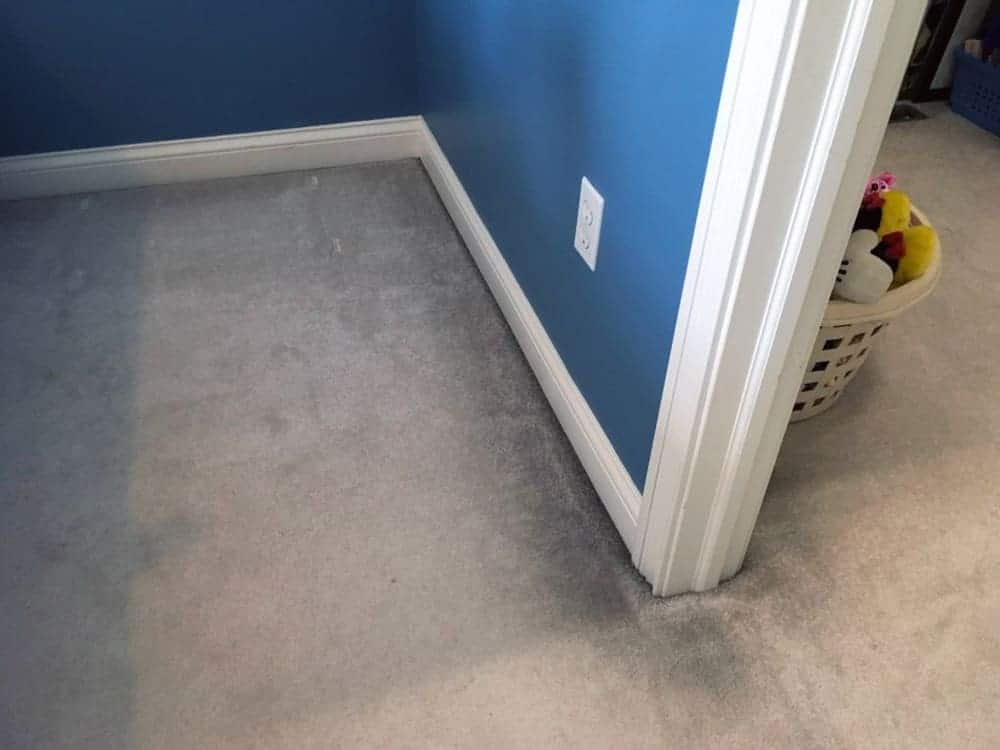
Photo credit: CandLFlooring.com
Filtration Soil 101
Basically, filtration soil is visual evidence that the air in your home is killing your carpet. It takes more than a vacuum to clean these filtration lines. A vacuum may remove some of the discolorations, but the smallest particles are electrostatically bound to the carpet fibers.
The key to cleaning these dirty edges is to agitate the fibers by scrubbing or scraping to loosen the dirt particles. This makes it possible to clean them with water and an appropriate cleaning solution.
One Big Filter
Your carpet is the biggest filter in your home. Just like your furnace and air conditioning filter that filters out airborne soils that pass through it, your carpet does the same thing. That is the reason for dirty edges on the carpet, otherwise known as filtration soil.
Filtration soil comes from airborne pollutants passing through the carpet as the air is drawn through the crack between the carpet and the baseboard, around the drapes, or under a closed door. It’s an accumulation of soot from dirty ducts, smoke from candles, and the fireplace; tobacco, kitchen grease from the oven and cooktop; smog, auto emissions, and pollutants from outdoors.
Icky, sticky, stinky
A home’s HVAC (heating, ventilation, and air conditioning) system is designed to filter out airborne soil, trapping it in the filter. But once the filter is full, the system will send the air pollutants back into the house through the ducts where all of that icky mess gets lodged into corners and crevices. And if that’s not enough, filtration soil makes your house smell bad.
Normal vacuuming is no match for removing filtration soil. And neither are the best carpet spot removers. Filtration soil is greasy and sticky. A severe case of filtration soil may require the services of a professional carpet cleaner who specializes in this unique problem. However, it is possible to effectively do it yourself provided your soil problem is not severe.
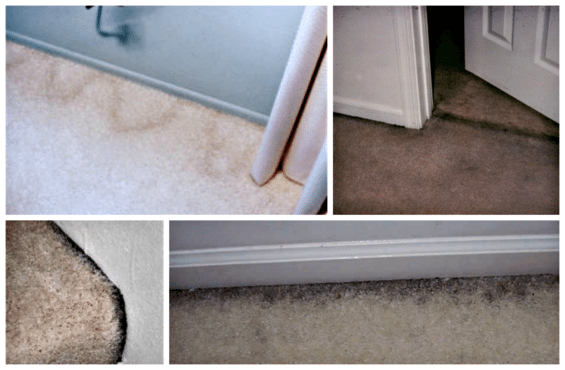
Photo credit: CarpetCleaning.com
How to Remove Filtration Soil DIY
Step 1
Use a pull scraper or a hard-bristle scrub brush to vigorously scrape away surface fibers and discolored dirty edges of the carpet. This is going to pull up a lot of debris and dirt. Do this before you get the carpet wet.
Step 2
Using your vacuum with the crevice tool attached, remove what you were able to pull up with it. You may see a noticeable improvement after you’ve scraped and vacuumed. However, some discoloration is likely to remain because it’s caused by grease, oil, and electrostatically bound particles deep within the nap of the carpet.
Step 3
Use a specific cleaning product for this kind of soil like Prochem Filter Out, which is specially formulated to remove filtration soil lines, soot, and other electrically-charged particles. Apply it undiluted so that it saturates the fibers in the stained areas. Allow sitting for 3 to 5 minutes. Scrub the lines of filtration soil with a good, strong brush that can get down into the crevices. It’s important to agitate the carpet fibers to loosen the dirt particles so you can remove them.
Or you can mix your own solution by adding a cup of white vinegar to a gallon of warm water. A solution of equal parts water and hydrogen peroxide is also an effective cleaner.
Make sure you test your solution of choice in an inconspicuous part of the carpet (like inside a closet) to make sure it won’t affect the color or damage the baseboards.
Step 4
Extract completely using hot water or All Fiber Rinse—an excellent product that will assure a good, clean rinse. If you have a wet-dry vacuum, use it to do this, or blot well with a clean white cloth to avoid transferring any dyes to the carpet. Repeat as needed, depending on the severity of the problem.
How to Prevent Filtration Soil
- Change the filter(s) on your HVAC system once every three months without fail.
- Thoroughly clean the filter in the range hood, weekly.
- Use the range hood fan and vent every time you use the oven or cooktop. You want all of that smoke, cooking oil, and airborne residue to leave the house immediately.
- Keep doors and windows closed if you live on a busy street or in an area with a lot of pollutants.
- Make your home a smoke-free zone. All smoking should be taken outdoors and away from open windows and doors.
- As lovely as candles and aromatherapy can be, these can contribute to a filtration soil problem. Switch to flameless LED candles, which create a lovely, realistic ambiance. Some even have fragrances.
- If you use a fireplace make sure the system is clean and the pollutants it creates are being properly removed from the house. Clean the chimney and filter (if any) regularly as well.
Automate
My own filthy filter wake-up call prompted me to get online to do some research. That’s how I found Second Nature, a company that delivers the exact filter we need, just when we need to change it—at a comparable cost of the very same filter at the home improvement center store near our home. Wow! What a great service for those of us who need reminders. I don’t have to think about when to replace the furnace filter.
I set up an account online, and identified the exact filter we need (they’re listed by size—including custom sizes if the filter you need is not standard). I looked up the frequency of delivery, which took all of about five minutes. Now I can forget because I’ve put Second Nature in charge of remembering.
We received our first shipment. Having that sizable box show up at the door was the reminder we needed to replace the filter—right then. Done.
You can probably beat the FilterEasy price if you buy filters when they’re on sale and are diligent in sticking to your own rigid maintenance schedule. For some of us, a subscription plan with Second Nature is a real bargain given the high cost of failure to stay on top of this important home maintenance issue.
No carpet? You’re not immune to filtration soil
If you have no carpet, don’t think you’re off the hook when it comes to filtration soiling. Sure you won’t have black lines on the carpet. but that sticky, black residue is going to find its way to upholstered furniture, hard surface flooring, draperies, blinds, windows and so on. More than that, filtration soil makes your house, well…stink!
Do what you must to get rid of all the dirty edges of the carpet and or furnishings in your home. Then take the easy steps to prevent it, forever!
First published: 6-27-16; Revised & Updated 4-1-22
Everyday Cheapskate participates in the Amazon Services LLC Associates Program, an affiliate advertising program designed to provide a means for us to earn from qualifying purchases, at no cost to you.

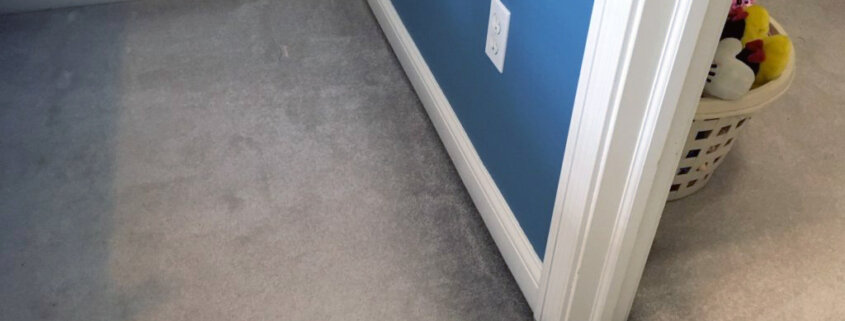



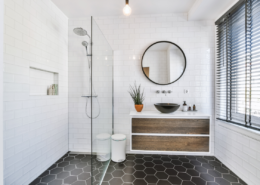


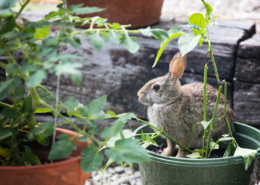
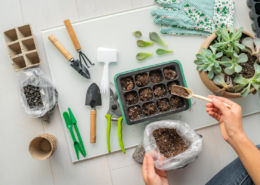

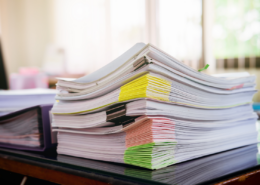
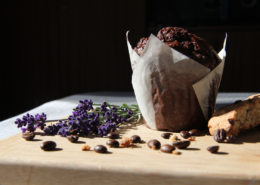


I always wondered about those dirty edges along my wall to wall carpet…YIKES…Who knew… Thank you for this information! 😀
Holy cow, Mary – you scared me with your April Fool joke – I can’t imagine a day without your wonderful tips! You’re the best.
That was fun! You should have seen my inbox blow up. It’s nice to feel wanted.
You ornery thing! I fell for the April Fool’s joke. Ha ha
And what fun I had doing it!
Hi – Every so often, I sprinkle baking soda at the edges of my carpet next to the baseboard and just kinda rub it in a bit. I wait, then I vacuum it up on my next cleaning-day. That seems to help, plus any residual that might remain there is a good bug deterrent. (I have white baseboards so it doesn’t really show if I leave it there for a few days…or longer)
Mary, I need to change my everydaycheapskate.com subscription from the email I am now receiving Everyday Cheapskate, to another email address. I have tried to find how and where I would do this, and have not found it yet. Please let me know, because I don’t want to miss even a day of your tips, advice, and encouraging words.
Thank you.
Hi Sharon … Scroll to the very bottom of an Everyday Cheapskate daily email and click on “Update Subscription Preferences.” It’s very tiny print at the very bottom. Then follow the prompts. In just a few seconds you’ll get an email message and simple form to change your email address. Hope that helps. Be sure to let me know if you have any trouble doing that!
What is a pull scraper? The link to it was not operational?
Thanks.
A pull scraper is a tool sometimes referred to as a paint scraper. It has a “knob” on the top that allows you to use it and pull with two hands.